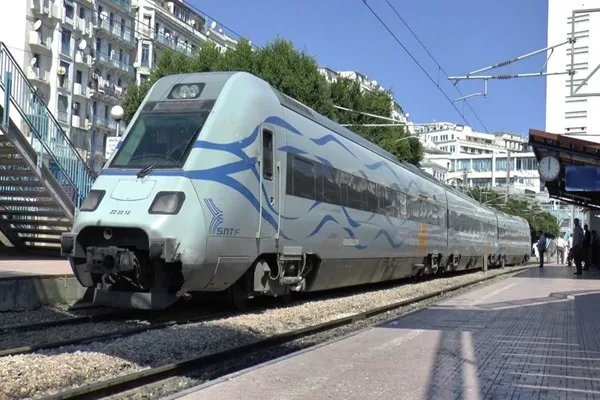Algeria to Float Tender for 600 Locomotives and 400 Wagons
At the beginning of February 2025, Algerian Minister of Transport Youssef Cherfa announced the acquisition of another 600 locomotives and 400 wagons as part of the mega plan to modernize and decarbonize the national railway network.
“It is a huge programme that will continue until 2035 … it includes the supply of a large number of various types of train to support the rail development strategy.”
SNTF Transport Manager Sifian Aibash
In fact, Algeria has already issued an international invitation for bids for the supply of passenger transport rolling stock at the end of 2024. The tender calls for 6 high-speed electric train sets as well as spare parts. In preparation for the new electric trains, the country has initiated the electrification of the rail lines linking the major cities.
It worth noting that Algeria has one of the largest hydrocarbon reserves in the world and its economy relies heavily on the export of oil and gas. Recently, Algeria is developing its solar resources as most of the southern part of country falls in the Sahara desert.
Back in November 2024, Algeria’s national railway company, the Société Nationale de Transport Ferroviare (SNTF), announced its grandiose plan to upgrade the rail network with a budget of USD 2.8 billion. The first step is the procurement of 400 train coaches at a cost of a little over USD 1 billion.
The aim is to boost capacity from 32 to 100 million passenger-trips annually. The plan also calls for the rehabilitation of 82 train stations. The upgrade will adopt the best practices and latest technologies such as online ticketing. Additionally, the transport system will support a universal travel card which can be used on all public modes of transport, including train, tramway, metro, buses, and even cable cars.
Algeria has spent over USD 50 billion over the past two decades on its rail network and boasts a 5,000 km of rail network in operation. The objective of the multi-year plan is boost #eMobility and serve every region of the country by 2035.

